first part
Common causes and treatment methods of PLC failure during operation
(One)
Peripheral circuit component failure
This type of failure often occurs in the failure of the PLC after a certain period of operation. If component damage failure occurs in the PLC control loop, the PLC control system will automatically stop working immediately.
The input circuit is the port through which the PLC accepts input signals such as switch quantity and analog quantity. The quality of its components, wiring method and reliability are also important factors that affect the reliability of the control system.
For the switch output, the PLC output has three forms: relay output, thyristor output, and transistor output. Which form of output to choose should be determined according to the load requirements. Improper selection will reduce the reliability of the system and cause the system to fail. normal work.
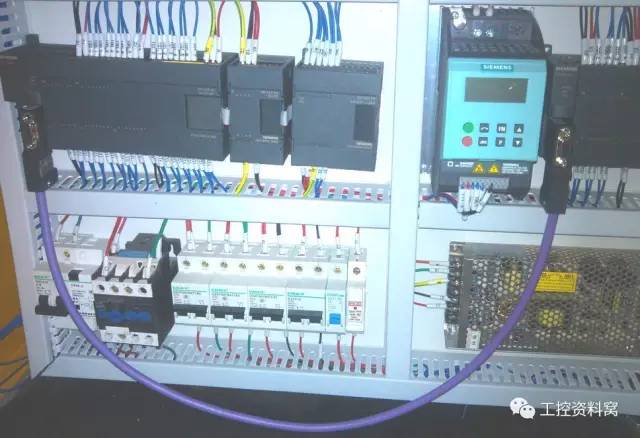
In addition, the load capacity of the PLC output terminal is limited. If it exceeds the specified maximum limit, an external relay or contactor must be connected to it to work normally.
The quality of external relays, contactors, solenoid valves and other executive components is an important factor affecting system reliability. Common faults include short-circuit coils and mechanical faults causing contact immobility or poor contact.
(two)
Poor contact of terminal wiring
This type of failure occurs as the frequency of equipment actions increases after the PLC has been working for a certain period of time. Due to control cabinet wiring defects or increased vibration in use and mechanical life, the wiring heads or component terminals are easy to loosen and cause poor contact.

The troubleshooting method of this type of failure is to use a multimeter, with the help of the control system schematic diagram or PLC logic ladder diagram for fault diagnosis and maintenance.
For the wiring of some of the more important peripheral terminals, in order to ensure a reliable connection, the method of welding cold-pressed pieces or cold-pressed pins is generally used.
(three)
Functional failure caused by PLC interference
Various types of PLC used in automation systems are control devices specially designed for industrial production environments. In the design and manufacturing process, multi-level anti-interference and selected component measures are adopted, so it has a strong ability to adapt to harsh industrial environments, operational stability and high reliability. Therefore, it can be used directly in an industrial environment without any special measures. The interference received by PLC can be divided into external interference and internal interference.
In the actual production environment, external interference is random and has nothing to do with the system structure, and the source of interference cannot be eliminated and can only be restricted for specific situations.
The internal interference is related to the system structure. It is mainly caused by the AC main circuit and analog input signal in the system, and the internal interference can be suppressed to the maximum extent by carefully designing the system circuit or system software filtering.
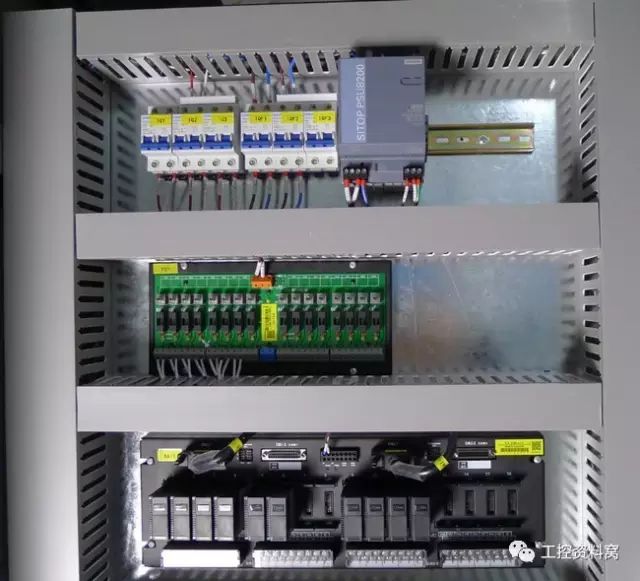
Anti-jamming technical measures at the PLC production site—usually starting from four aspects: power supply and grounding protection, wiring arrangement shielding and anti-noise: (1) power supply and grounding protection
The anti-interference ability of PLC itself is generally very strong. Usually. Separating the power supply of the PLC from the power supply of the power equipment of the system generally has a strong enough suppression ability for the interference from the power line.
However, the power supply interference is particularly serious. An isolation transformer with a shielding layer can be added to reduce the interference between the equipment and the ground and improve the reliability of the system. If a system contains expansion units, their power supply must share a switch control with the basic unit, that is, their power-on and power-off must be performed at the same time.
In order to suppress the interference attached to the power supply, input end and output end, the special ground wire should be connected to the PLC and the ground wire diameter should be thick enough. The ground resistance should be less than 4Ω, the grounding point should be as close as possible to the PLC, and the grounding point should be separated from other equipment . For the heavy current equipment in the power supply system, the metal components such as the shell, cabinet, frame, machine base and operating handle must be grounded.
The internal circuits of the PLC include CPU, memory and other interfaces are connected to the digital ground. The external circuits include A/D, D/A, etc., are connected to the analog ground, and the PLC backplane is star-connected with the central grounding point with thick and short copper wires to prevent noise interference . When the PLC is not grounded, the mounting bracket of the PLC should be capacitively grounded to suppress electromagnetic interference. (2) Wiring arrangement
Layout of wiring in electrical cabinet
â‘ Only shielded analog input signal lines can be installed in the same slot with digital signal cables. DC voltage digital signal cables and analog signal cables cannot be in the same slot with AC voltage cables.
â‘¡ Only the shielded 220V power cable can be installed in the same slot with the signal cable.
â‘¢ The shield of the cable plug of the electrical cabinet must be reliably grounded. External wiring arrangement of electrical cabinet
â‘ The digital signal wires and analog signal wires of DC and AC voltage must use separate cables and shielded cables.
â‘¡ The signal line and the power cable can be installed in a trunking together. To improve the noise resistance, it is recommended to ensure that the interval is more than 10cm. (3) Shield processing
The shielding of the PLC shell should generally be ensured to float with the electrical cabinet. Install an equal-position shielding board on the bottom plate of the PLC shell (usually galvanized sheet). The protective ground uses a copper wire to maintain a point connection with the bottom plate, and its cross-sectional area should be no less than 10mm to form an equal-position shield and effectively eliminate Interference from external electromagnetic fields.
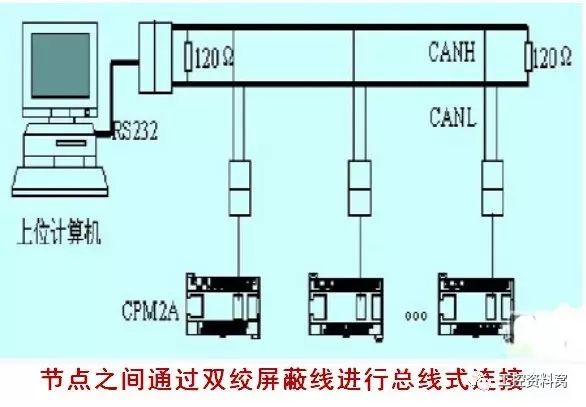
The shield bus for analog signals can be insulated and the central point can be connected to the reference potential or ground (GND). Grounding at both ends of the cable of the digital signal line can ensure that high-frequency interference can be eliminated. (4) Measures against noise
Metal-shielded parts in strong magnetic fields (such as transformers) should not be used for lighting in electric control cabinets with fluorescent lamps. The PLC control system power supply should also adopt corresponding anti-interference measures.
(four)
PLC freezes periodically
The characteristic of the PLC periodic crash is that the PLC crashes or the program is chaotic every time it runs, or there are different interruption fault displays, and everything is normal after restarting. According to practical experience, the most common cause of this phenomenon is the long-term accumulation of dust on the PLC body.
Therefore, the slot interface of the PLC rack should be purged regularly. When cleaning, you can use compressed air or a soft brush to clean the dust on the control board and each slot, and then use 95% alcohol to clean the slot and control board plug. After the cleaning is completed, check it carefully, and it will be able to operate normally after restarting.
The loss of the PLC program is usually caused by several reasons such as poor grounding, incorrect wiring, operating errors and interference:
1. The PLC host and modules must be well grounded.
2. The phase line and neutral line of the power cord of the host must be wired correctly.
3. Prepare the program package in advance for use as a backup.
4. When using the handheld programmer to find faults, the lock switch should be placed in the vertical position, and it can be pulled out to protect the memory.
5. The PLC program is lost due to interference. The treatment method can refer to the treatment of failure caused by PLC interference.
the second part
PLC fault finding flowchart
NO.1 overall inspection
Find out the general direction of the fault point according to the overall inspection flow chart, and gradually refine it to find out the specific fault, as shown in the figure below.
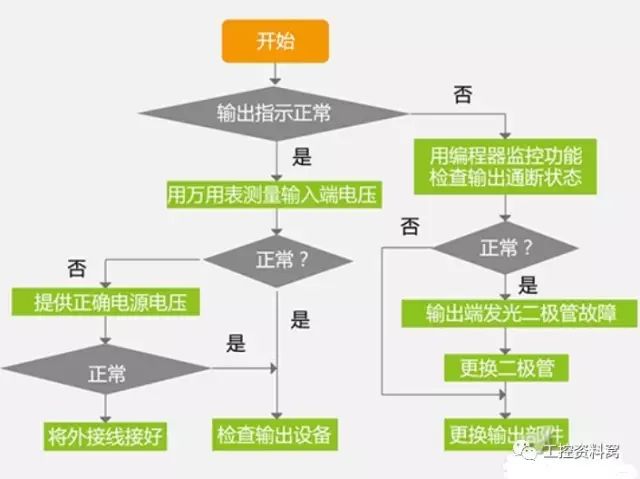

NO.2 power failure check
If the power light is off, check the power supply system. The check flow chart is shown in the figure below.
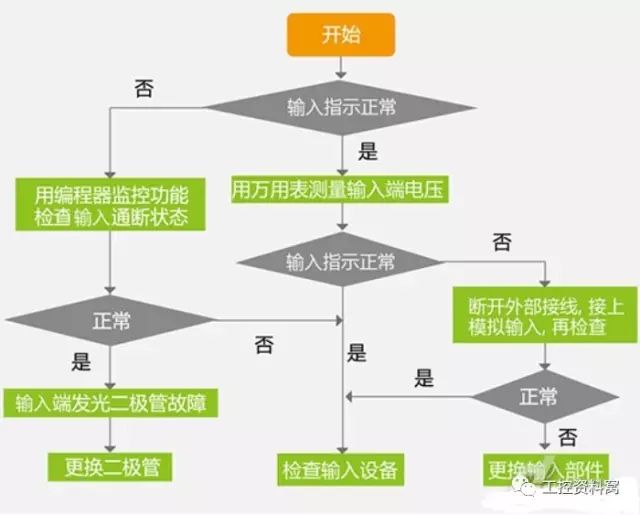

NO.3 operation fault check
The power supply is normal and the operation indicator is off, indicating that the system has terminated normal operation due to some abnormality. The check flow chart is shown in the figure below.
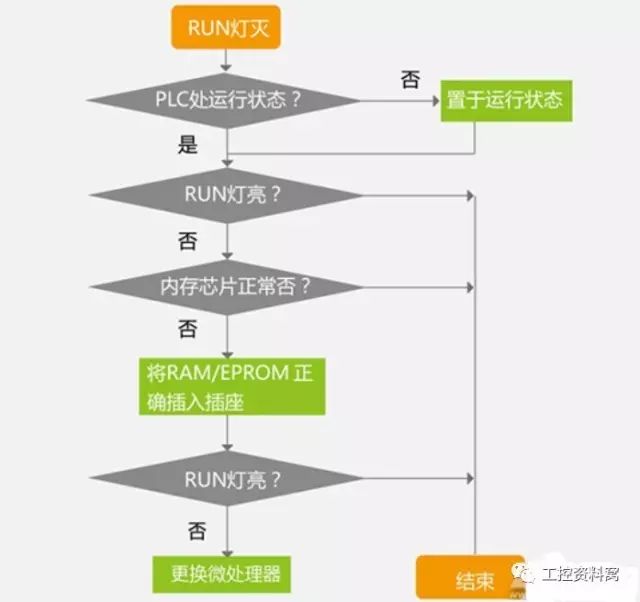

NO.4 Input and output failure check
Input and output are channels for the PLC to exchange information with external equipment. Whether it works normally is related to the status of connection wiring, wiring terminals, fuse and other components in addition to the input and output units. The check flow chart is shown in the figure below.
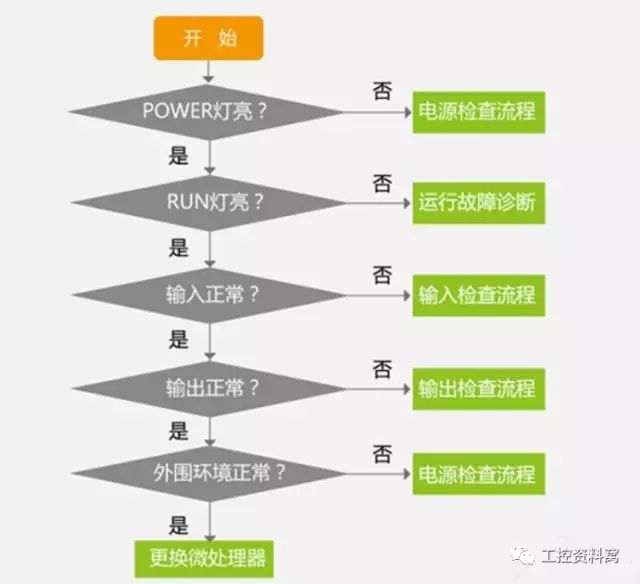
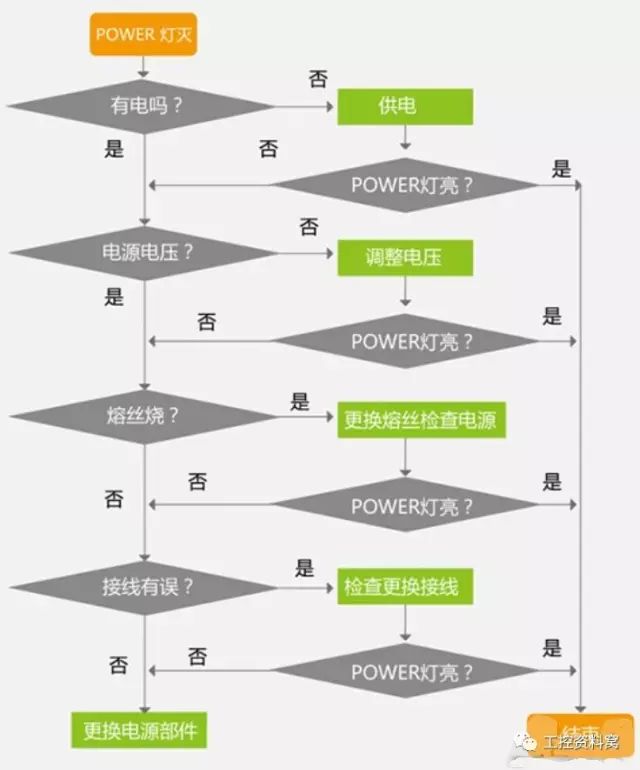
ShenZhen Haofa Metal Precision Parts Technology Co., Ltd. , https://www.haofametals.com